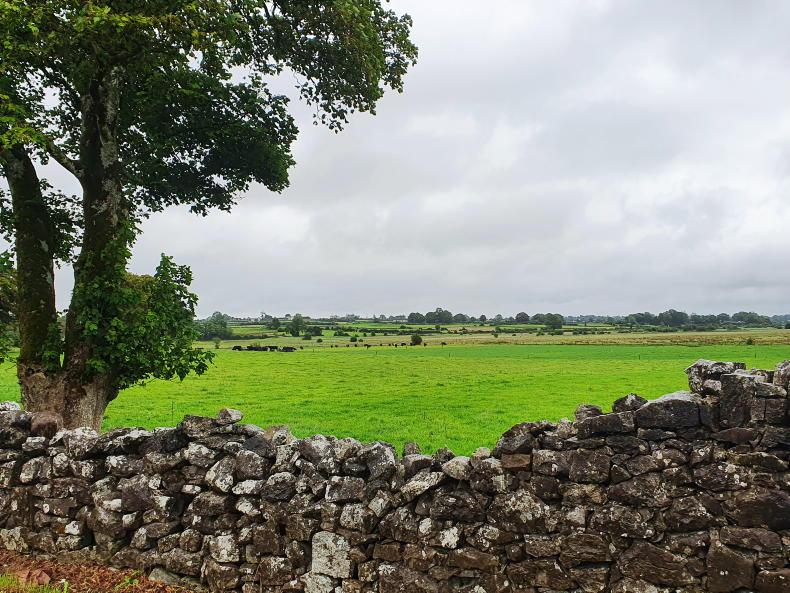Creep grazing: Allowing suckler calves to creep-graze into adjacent fields or paddocks will help to boost liveweight gains and reduce the cow-calf bond in advance of weaning.
This method gives calves access to the best quality grass available on the farm at all times.
Forward creep-grazing can be achieved using a simple creep gate from one field to the next, which allows calves to go through while cows are held back to clean out the current paddock. Where there is a single-strand electric wire between paddocks, this can be raised using two horse fence posts.
Feeding meal for a couple of weeks in the forward paddock will help entice calves to start moving ahead of the cows.
The more time calves spend grazing away from the cow, the more the cow-calf bond will be broken, ultimately reducing the stress levels on the calf when they are separated from the cow at weaning time.
Castration: Farmers considering leaving male calves as bulls for next year should speak to their local processor to see what the appetite might be for bulls in the coming 12 months. Where animals are destined for the mart sales ring, there is a definite preference for bullocks and having animals castrated will leave your stock with more potential buyers ringside.
For spring-born calves, plan for castration over the next few weeks once temperatures have settled down. Getting this job done well in advance of weaning will allow the animal sufficient time to recover from the stress of the procedure. Legally, calves over six months must be administered with a local anaesthetic, which means involving your local vet. For under six months, while there is no legal requirement to administer either painkillers or anaesthetic, many vets recommend using a painkiller for this procedure.
Research from Teagasc Grange comparing animals castrated at either six or 13 months of age and followed through to slaughter showed no difference in slaughter age or carcase weight between the two groups.
Prior to castration, ensure animals have received a tetanus vaccine. While farmers may think that animals are covered for tetanus once they have received their clostridial vaccination, it is important to note that not all clostridial vaccinations include tetanus.
Grass: Grass growth is very variable depending on location and soil type. On drier ground where growth is lagging well below demand, action needs to be taken. Reducing stocking rates is the best option, but not always possible. Autumn-calving cows should be weaned and tightened up. Some finishing cattle could also be housed to reduce demand. Other options include buffer-feeding baled silage to stock to slow down grazing rotations.
On heavier soils where growth is still meeting demand, continue to graze leafy covers of grass and take out any paddocks that have become too strong as baled silage. Resist the temptation to start building covers for autumn until the start of August.






 This is a subscriber-only article
This is a subscriber-only article










SHARING OPTIONS: